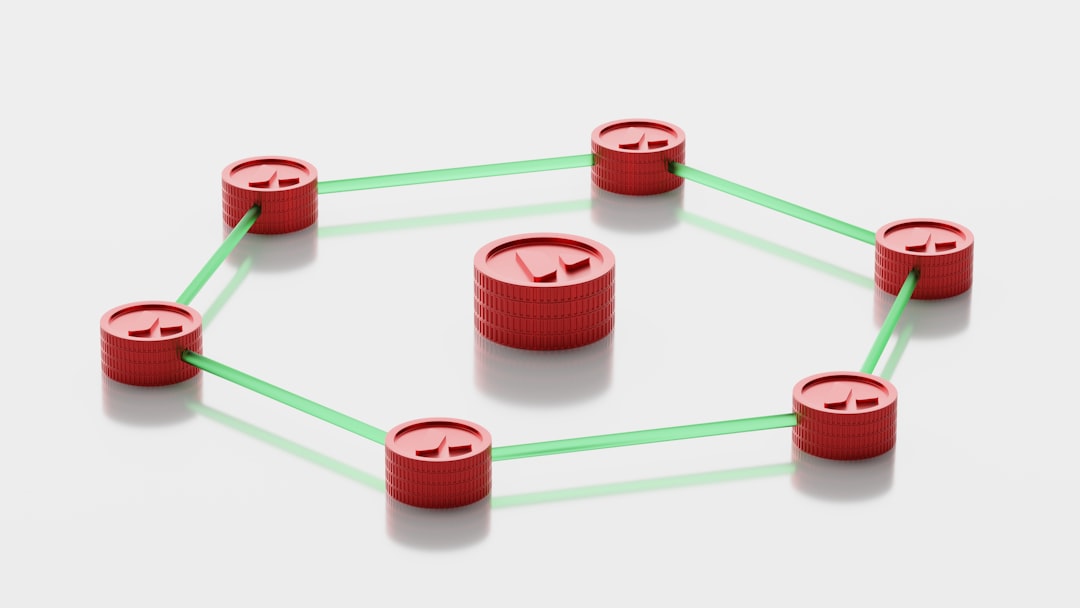No products in the cart.
Optimizing Your Professional Network: Quality Over Quantity
Unlock the power of professional networking with strategies that prioritize quality connections. Discover how to build and maintain relationships for career success.
The Science of Professional Networking
In today’s hyper-connected world, professional networking is more crucial than ever. With LinkedIn boasting over 900 million users globally, the landscape has transformed. Yet, the question remains: is it better to have a vast network or a few meaningful connections? Research suggests that quality trumps quantity when it comes to building a network that truly supports career advancement.
Understanding the Landscape
Networking is not merely about exchanging business cards or adding contacts on social media. It involves a strategic approach to relationship building, where the focus is on creating and nurturing connections that can lead to opportunities. A study by the Harvard Business Review found that 70% of jobs are found through networking, highlighting its importance in career progression[1].
Effective networking can be broken down into several key components: relationship building, network optimization, maintenance strategies, activation techniques, and assessing relationship ROI. Each element plays a vital role in ensuring that your network is not just large, but also effective.

Building Relationships That Matter
At the heart of networking is relationship building. This requires a genuine interest in others, active listening, and the ability to provide value. According to a report from LinkedIn, 85% of professionals believe that face-to-face interactions are crucial for building trust and rapport[2]. This underscores the importance of personal interactions, whether through industry events, coffee meetings, or informal gatherings.
Effective networking can be broken down into several key components: relationship building, network optimization, maintenance strategies, activation techniques, and assessing relationship ROI.
Once relationships are established, the next step is optimization. This involves strategically connecting with individuals who can provide insights, mentorship, or opportunities. Tools like LinkedIn’s search filters can help identify key players in your industry. By focusing on individuals who align with your career goals, you can cultivate a network that is both relevant and beneficial.
Maintaining Connections
Building a network is only half the battle; maintaining those connections is equally important. Regular follow-ups, sharing relevant articles, or simply checking in can keep relationships alive. A study from the University of Michigan found that individuals who actively maintain their networks are 50% more likely to receive job referrals[3].
Moreover, activation techniques are essential. This means knowing when and how to leverage your network. Whether seeking advice, job leads, or collaborations, being clear about your intentions can lead to fruitful engagements. A well-timed request can open doors that may have otherwise remained closed.
Measuring Relationship ROI
Finally, assessing the return on investment (ROI) of your relationships is critical. This involves evaluating the impact of your network on your career growth. Are your connections leading to new opportunities? Are they providing valuable insights? Regularly reflecting on these questions can help refine your networking strategy. According to a survey by Jobvite, 78% of recruiters consider referrals as the best source of candidates, emphasizing the value of strong professional relationships[4].
Looking Ahead
As the professional landscape continues to evolve, so too will the strategies for effective networking. The rise of remote work and digital communication tools presents new opportunities for building connections across geographical boundaries. Professionals must adapt to these changes, leveraging technology to create and maintain meaningful relationships.
This involves evaluating the impact of your network on your career growth.
In a world where connections can determine career trajectories, prioritizing quality over quantity in networking will remain paramount. By focusing on building genuine relationships, optimizing interactions, and measuring impact, individuals can create a robust network that propels their careers forward. The future of networking is not just about who you know, but how well you know them and the value you can exchange.











